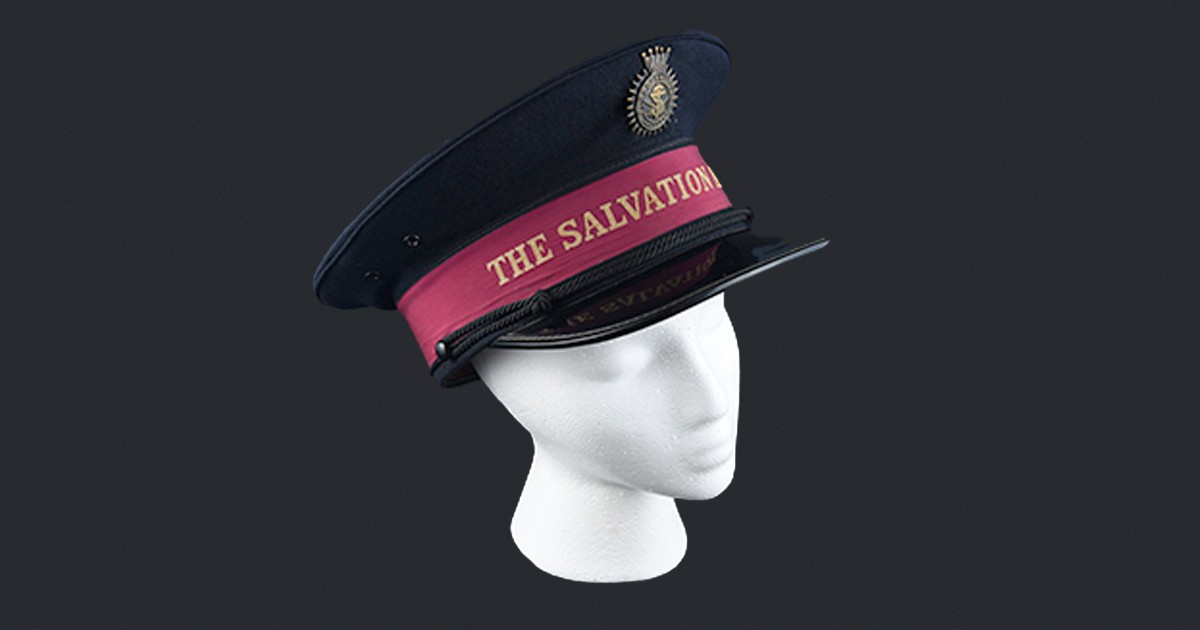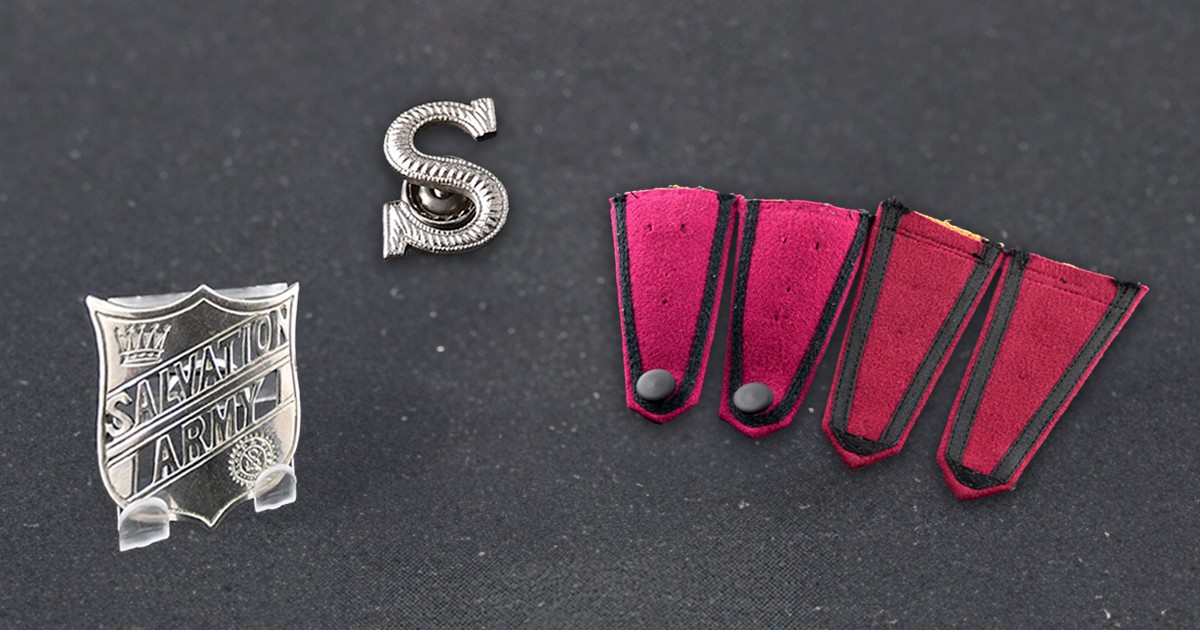Living History is an ongoing series showcasing a small assortment of the more than 350,000 items housed at The Salvation Army Heritage Centre in Toronto. This month, we are highlighting a few of the many items that were featured on a special Christmas episode of Murdoch Mysteries, which aired November 25. (Read our behind-the-scenes feature article about the episode and the Army's partnership with the show.)
As fans of the CBC show know, Murdoch Mysteries is set in Toronto in the early 1900s, and for this year’s Christmas episode, The Salvation Army is prominently featured. But rather than settle on actors to play the part of the Salvationists, CBC reached out and secured the services of actual Salvation Army members, which provides an undeniable note of authenticity to the episode.
Not content with that, the Murdoch Mysteries creators were also determined to get the “look” of the show as historically accurate as they could get it. And so, they turned to the Heritage Centre in early July.
“I was invited to a call between various CBC/Murdoch Mysteries and Army stakeholders working on the episode,” says Camilo Mejia, digital archivist at the centre. “The CBC/Murdoch Mysteries team had a concept for their Christmas episode and were interested in acquiring period accurate wardrobe, instruments and a Christmas kettle. After the call, I had a better idea of what they wanted and the time period of the episode (1911). Then we began setting aside potential items.”

By the end of July, the Heritage Centre learned that the CBC/Murdoch Mysteries team needed wardrobe and props for four band members (Rob Brown, Andrew Burditt, Stephen Mansfield and Cameron Rawlins of the Canadian Staff Band), four choir members (Amanda Caruk, Ian Cooper, Steven Cooper and Cathie Koehnen of the Canadian Staff Songsters), one officer and a Christmas kettle. Murdoch Mysteries costume designer Joanne Syrokomla visited the centre to examine the uniforms and props set aside. The Heritage Centre communicated with the Murdoch Mysteries wardrobe team regularly, and members of the team visited several times to collect additional items for filming.
“Using our uniforms and photos as reference, the Murdoch Mysteries wardrobe team created the Salvation Army uniforms used in this very special episode,” says Mejia.
Photos: The Archives of The Salvation Army Canada and Bermuda Territory, Camilo Mejia













Congrats to our colleagues at the Heritage Centre for their wonderful contrubution to this project.